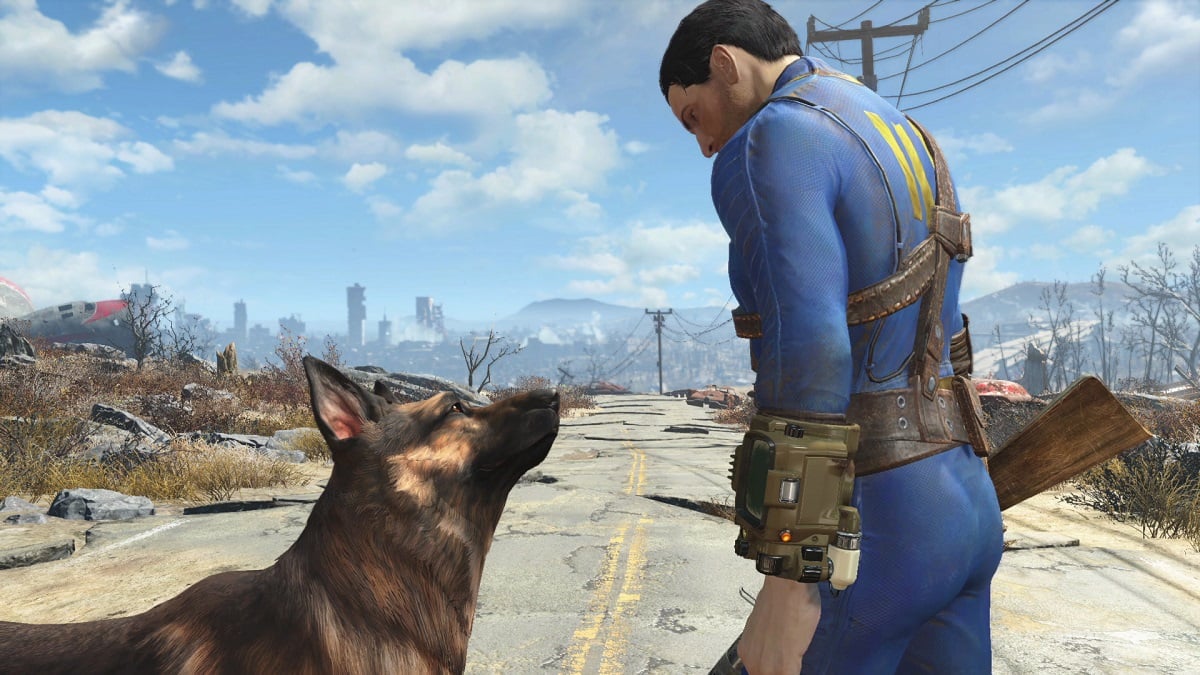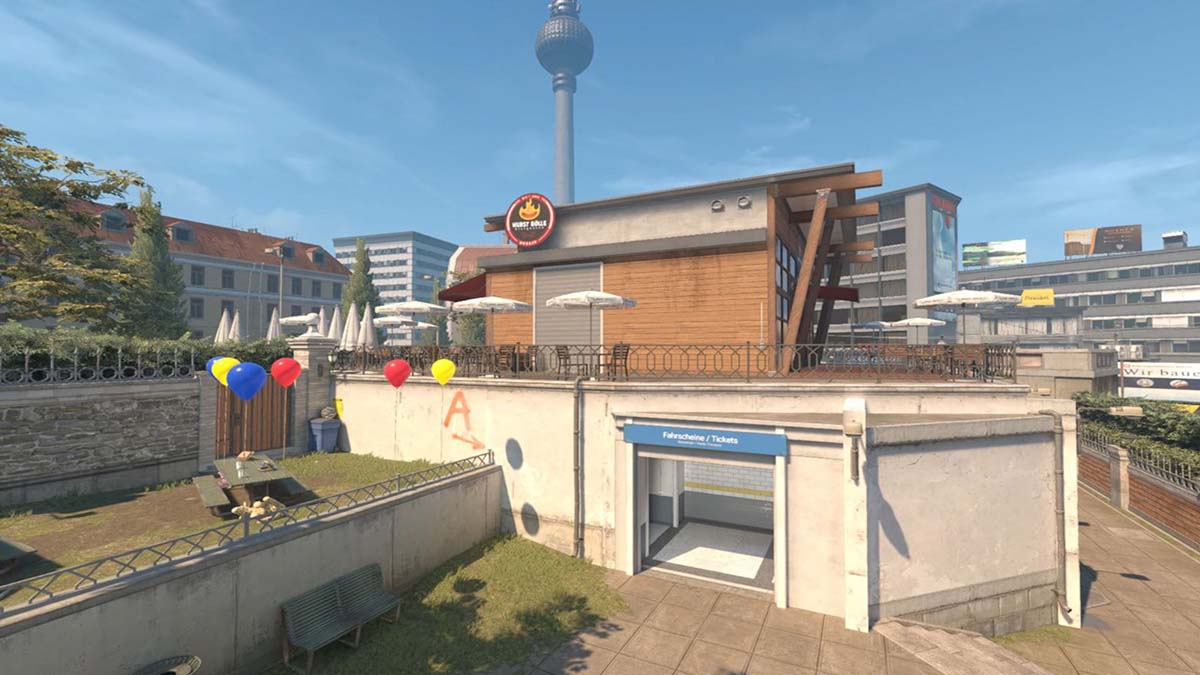
At first glance, this week’s forgotten game might not seem like anything special. The graphics are dated, the story is developed almost entirely through hammy FMV cutscenes, and 99 percent of the overall gameplay takes place at a virtual desk. It all seems very, very boring…until one realizes that this is exactly what the life of a CIA agent entails.
Spycraft: The Great Game was developed with the help of a former CIA director and a former KGB major general, and it shows — Spycraft is made up primarily of data analysis and spying rather than massive gunfights or chase sequences (though there are, admittedly, one or two of those).
Hit the jump to see the lowdown on the first (and, to date, only) game to accurately reflect the life of a CIA agent.
Story:
A Russian presidential candidate is assassinated by an ex-CIA agent only a few weeks before the election, and the CIA fears that the American president will be the next target. As CIA agent Thorn (whose gender is carefully masked by the nature of dialogue directed toward him/her), the player must use reasonably high-tech software and his or her own intuition to find the assassin and foil his plot.
Plus, since it’s a CIA game, pretty much every character will plan on double and/or triple-crossing the player. Hell, that’s half the fun. Still, for all the secret agent hijinks and globe-traversing adventure, Thorn will still spend almost all of his time at a desk regardless of where in the world he is (in Soviet Russia, desk sits at you).
Most of the actual story is delivered either through FMV news reports, internal emails, or first-person FMV where a bunch of actors who wish they were doing something else look directly into the camera and address the player directly (think Command and Conquer, but slightly less cheesy).

Gameplay:
As mentioned earlier, Spycraft was developed with the input of two incredibly experienced personalities in the world of covert intelligence: William Colby, former director of the CIA, and Oleg Kalugin, former Major General of the KGB. What results is a game unlike any self-professed “spy thriller” ever produced: Spycraft isn’t Metal Gear Solid, or Syphon Filter, or even a Tom Clancy game. Spycraft looks, feels, and plays like real life, which (in some ways) makes it far more entertaining than any of the aforementioned titles.
Let’s examine the typical sort of gameplay one might encounter by way of example: a highly secretive, highly experimental rifle is stolen from CIA headquarters in Langley. You know that the weapon could not possibly have been stolen without inside help, so the game lets you check the security logs of anyone with access to the gun. The logs show any unusual phone activity (which you can then listen to), unusual elevator activity (which you can check the time and date of), and any unusual sign-in times (which you can view the security photos for). After a half hour of methodical searching, you come across an odd security photo: Dr. James Miller looks…odd during his security check-in on the 18th, just a few days before the Russian presidential candidate is killed by the same rifle that was stolen from Langley. Taking the odd security photo into a mix-and-match program (sort of like a virtual sketch artist), the software decrypts Miller’s odder-looking facial expressions and concludes that the man in the photo is not Miller, but a ex-CIA spy disguised as Miller.
But you’re not done — though the thief has been found, his method of getting into the building and his current whereabouts remain unknown. To find those, you cross-reference the identity of the spy with any and all suspicious phone activity. Oddly, Dr. Miller recieved a few blocked calls from a sultry-sounding woman who frequently demands they meet for hastily-planned sex. By manually running a trace on her voiceprint (shown in the picture above), you identify her as — surprise — a former government agent turned rogue spy. Then, after getting the identity of the weapons thief and his accomplice, you cross-reference their identities with the locations of their phone calls and last known whereabouts to discover their location.
The entire game essentially works like this. While Thorn occasionally leaves his or her desk every once in a while to talk to informants or occasionally engage in a poorly-designed gunfight or two, most gameplay utilizes streamlined, linear versions of real software such as bullet trajectory simulators, photo manipulation, and other realistic spy stuff.
The method by which you actually “solve” puzzles is somewhat primitive: after getting your answers, you click the “report” button and a prewritten email pops up (“Dear Director Cole, the PEG gun was stolen by ______”) with several options available for each blank area on the email. Instead of actively typing in the information you’ve found, you are instead forced to basically submit the information in the form of a multiple-choice test. Again, primitive, but hey — the game is more than a decade old.

Why You Probably Haven’t Played It:
Invariably, a game as realistic as Spycraft is going to alienate a significant amount of gamers. When buzzwords like “espionage,” “suspense,” and “spying” are used, one usually equates these words with “action.” And while Spycraft is definitely fun, interesting, clever, and thought-provoking (it’s hard not to feel like a voyeur when listening to the private phone conversations of government employees), it isn’t exactly action-packed, or even particularly exciting.
The fun of Spycraft comes from immersing yourself in the world of a “real” CIA agent, and all the work that comes with it: it’s oddly satisfying to track a killer across the world, using satellite imagery and phone taps to pinpoint his exact location, without ever leaving your virtual desk. Spycraft isn’t an ARG by any means (every tool Thorn needs is placed on his virtual desktop within the game), but the game nonetheless feels meticulously crafted and damn immersive at times.
Understandably, this sort of gameplay rubbed action gamers the wrong way. Reviews were generally positive at the time of its release, but most PC gamers simply didn’t have the desire to experience truly realistic, action-less espionage gameplay. The credits promise a sequel, but, unsurprisingly, it was never developed — ostensibly because there is some universal rule that any piece of pop culture I develop an affinity for must not only promise a sequel, but fail to deliver it (see also: The Rocketeer, Buckaroo Banzai, Undying).
While a game like this defies classification, I wouldn’t hesitate to recommend it to fans of adventure gaming, or anyone in the mood for a different, realistic take on the otherwise-tired spy genre. It’s pretty cheap on eBay, and only 100 points on Goozex. Why not give it a go?



